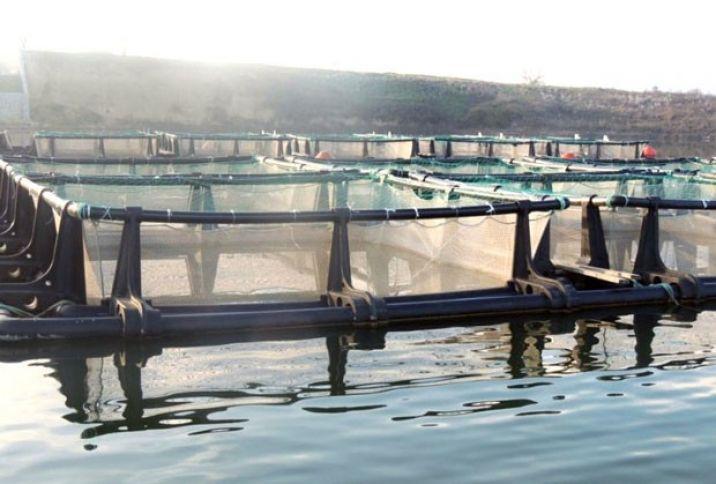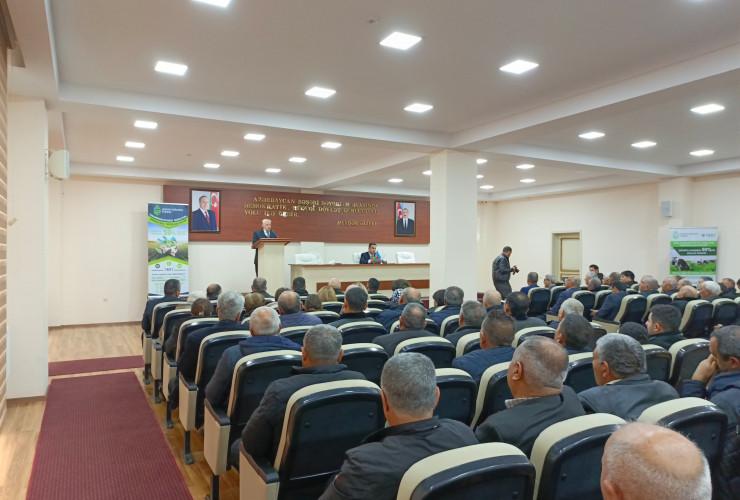News
Prevention of diseases in fish farming enterprises

Methods of combating the hazelnut scale insect, which is commonly found in hazelnut orchards, involve measures taken to prevent the occurrence of fish diseases. These measures make it possible to prevent diseases from occurring. The implementation of preventive measures begins at the project stage of fish farming enterprises. During preventive measures, disinfectant substances and vaccination methods are mainly used.
Disinfectants used for preventive purposes in fish farming are considered to be the most powerful substances that are practically harmless to fish and are used to prevent the occurrence of diseases in enterprises. Disinfection work in fish farming enterprises is mainly carried out with substances such as potassium permanganate, marcan potassium, chlorine compounds, iodophor (batikon, vanodin), sodium hypochlorite, sodium hydroxide, and formaldehyde. The most commonly used effective means for preventive purposes in enterprises is formaldehyde (formalin). Based on international experience, the use of substances such as malachite green and methylene blue, which are considered disinfectants, is not recommended during the breeding of fish due to their carcinogenic effects.
Among the preventive measures considered in fish farming, vaccination is carried out with the aim of strengthening the immunity of fish to prevent the spread of diseases. Vaccination of fish is carried out through injection, immersion (placing the fish in and out of the vaccine solution), and oral methods. The injection process is considered the most effective method in vaccination, but it is performed after the vaccine is dissolved in the fish feed to avoid stressing the fish. The vaccine is mainly applied to the abdominal cavity of the fish and, to increase effectiveness, it can also be applied to veins, muscles, subcutaneous tissue, and intracardiac region. In the immersion method, fish are placed in the solution of the dissolved vaccine by turning them. However, it is not guaranteed that each fish will consume the appropriate amount of vaccine using the oral method.
When fish diseases are detected in fish farming enterprises, antibiotics are used. The use of antibiotics in aquaculture can be done orally (mixed with feed), through immersion therapy (immersing fish in a vaccine solution), and by injection. The use of antibiotics is allowed only when fighting diseases has been unsuccessful in fish farming enterprises. Before considering fish consumption as safe after antibiotic treatment, it is necessary to carefully monitor the fish to ensure the elimination of antibiotic residues from their bodies. If these precautions are not taken into account, the consumption of fish with antibiotic residues can pose serious health risks to humans.
In fish farming enterprises, failure to implement continuous preventive measures can lead to mass mortality of fish. After infection occurs, combating the disease becomes difficult and requires more financial resources. Therefore, it is necessary to focus on preventing fish from getting sick in the first place. Generally, continuous preventive measures are recommended to control diseases and, when infections occur, to promptly start treatment for fish.
This article was prepared by Yusif Babayev, an expert at the Scientific Research and Risk Assessment Department of the Scientific Research Center of the Azerbaijan Food Safety Institute.
Other news

On the dates of December 9-10, a "From Village to City" weekend fair will be organized.

Agricultural insurance advantages were discussed in a meeting held in Saatli

Educational Partnership with Azerbaijan’s First Animal Hospital: Collaboration Between Hasvet and Khazar University

AVC Agro and Boehringer Ingelheim Held a Joint Conference on Poultry Vaccines on June 25-26, 2025

